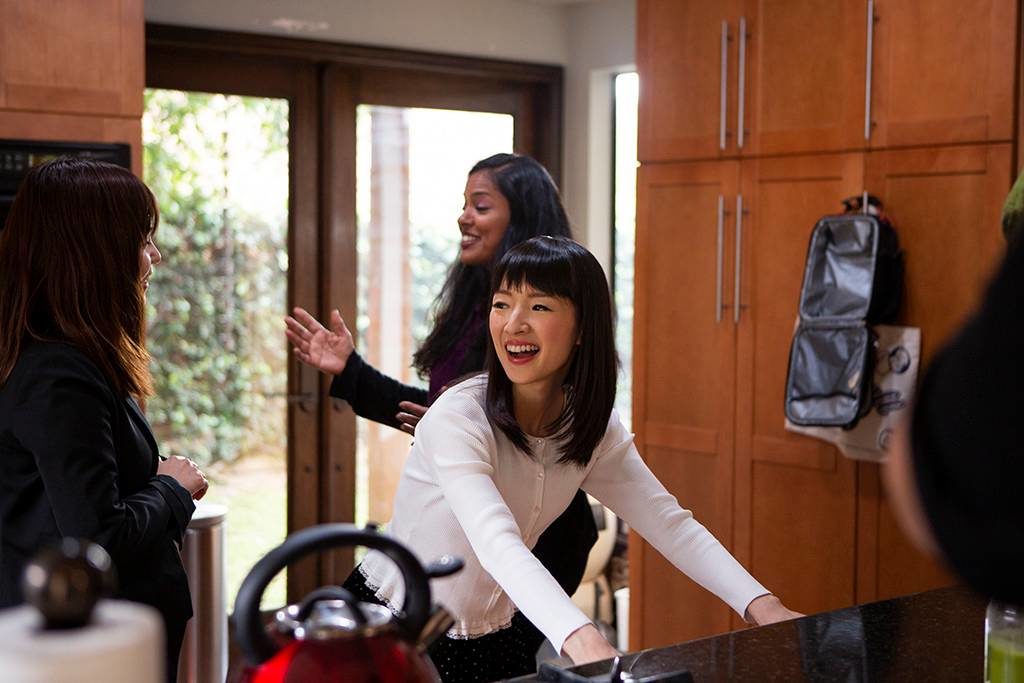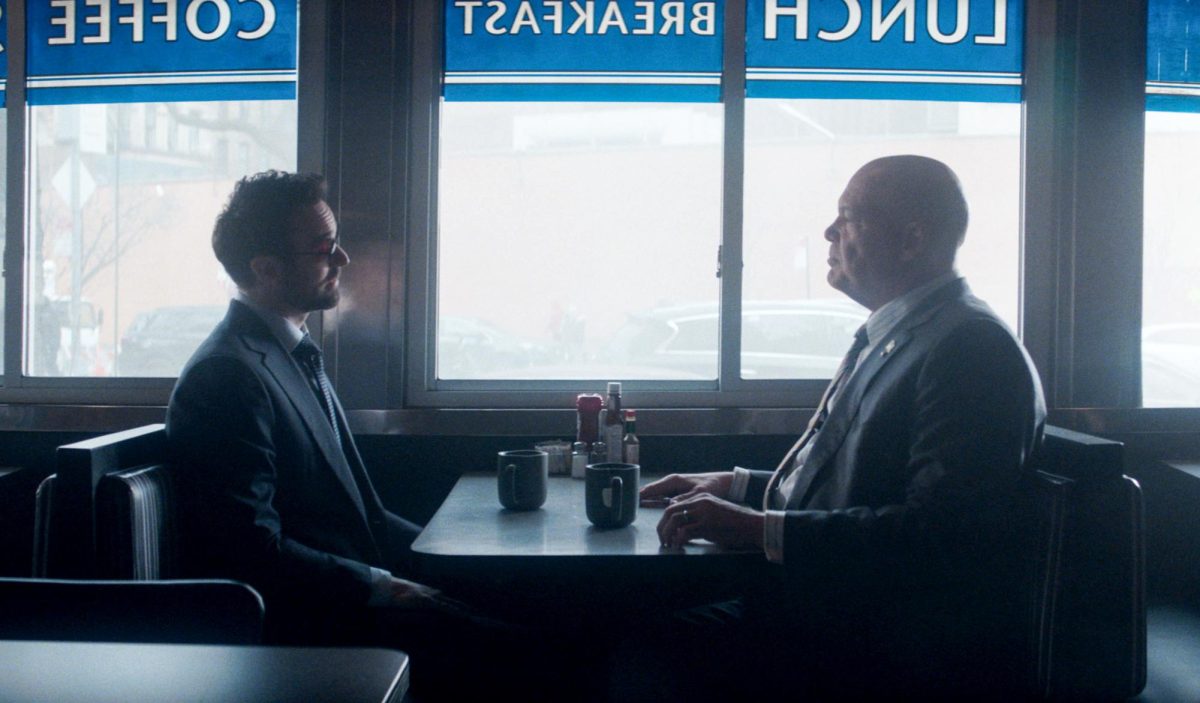A young Japanese woman warmly greets a family as she enters its house. The family walks the woman through the cluttered, dirty kitchen. A smile spreads across the woman’s face, her excitement to help shining through.
“Tidying Up with Marie Kondo” is a new Netflix original series starring Marie Kondo, a bestselling author and organizing consultant. The show has eight episodes and revolves around Kondo as she meets eight families who need and want to learn about Kondo’s organizational and cleaning methods. The series dedicates each episode to one family and highlights distress caused by their messy habits. Kondo facilitates the cleaning process by walking each family through five categories that make up her KonMari method, which involves having families tidy up by item category instead of by locations. The first item is clothing, the second is books, the third is paper, the fourth is Komono, which encompasses the kitchen, bathroom, garage and miscellaneous items, and the final category is sentimental items.
Kondo begins each journey by getting to know the family and understanding the root of its clutter issues. The first episode featured the Friend family: a wife, husband and two kids. The parents of this family express their frustration with their lack of free time, as the father works full time while the mother is often busy taking care of the kids. The show sheds a light on the emotional toll uncleanliness has taken on the parents. This program creates a sentimental mood by sharing more personal information about the families involved. However, the show fails to keep viewers engaged with its lack of content, showing the same process over and over again with different families. It’s a show that’s lighthearted but not binge-worthy.
Each tidying journey begins with Kondo sitting on the floor and greeting the home through meditation. In one instance, she asks the family members to close their eyes and mentally thank their house for its protection. Kondo then has them downsize the contents of each closet by putting all the clothes into one pile and then picking up one item at a time. The goal is to only keep items that spark joy. This is one of the techniques that Kondo utilizes while working with each family. Kondo also takes time to explain more in-depth organization methods such as folding methods, along with tips to organize kitchen utensils through the use of storage boxes. The show does a wonderful job highlighting cleaning methods, and all of the organizational tips can easily, affordably and simply be implemented into the lives of viewers.
In one episode, Kondo visits a couple who is expecting a baby and needs to make more room in their house. Kondo is able to utilize the same techniques with this couple. The husband, a shoe collector, is able to go from over 160 pairs of sneakers to below 45.
Kondo acts as a supervisor by explaining the best ways to clean and then leaving the families to do the work themselves. She then returns to see if improvement has been made and to answer any questions about the placement of items. It’s apparent the families want to improve their qualities of life.
Kondo speaks in a very soothing and almost therapeutic tone. It is clear that Kondo is on a mission to try to inspire change in these families. She guides them toward the correct path by explaining simple and effective ways to store. Kondo assures families that it is impossible to be perfect and that a house is bound to grow disorganized. She emphasizes having routines and making a habit of keeping everything neat. It’s a candid program that shows participants committing to the task at hand. Kondo deviates from the yelling and silliness found in reality television.
“Tidying Up with Marie Kondo” differs from other programs about cleaning by bringing a more spiritual element into the process. Although the show does not offer as many riveting moments as others in its genre, the process Kondo uses is focused and warm. Kondo is also reassuring, assertive and ascertaining so that every family is able to accomplish the tasks on its own.




















